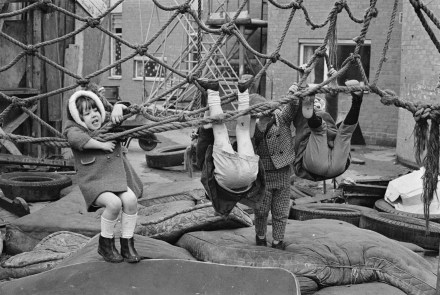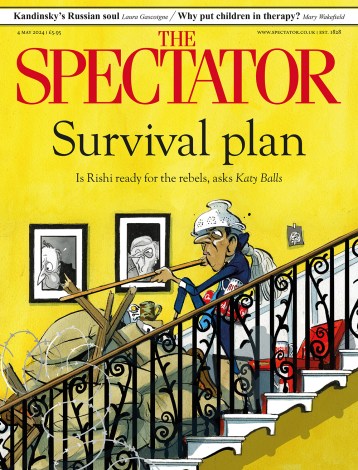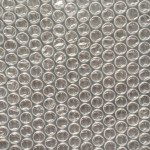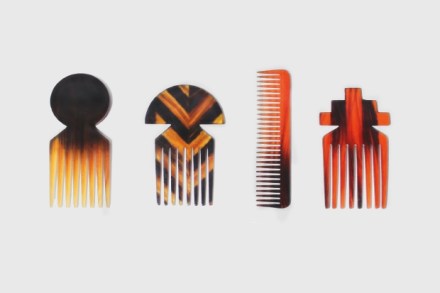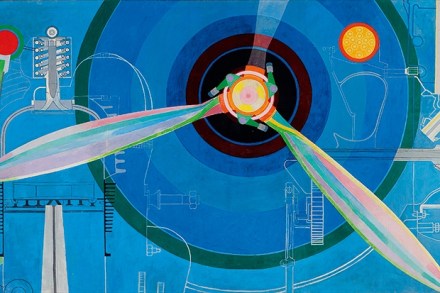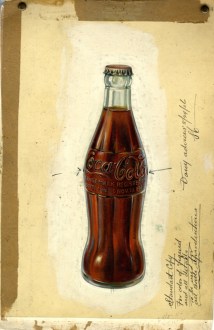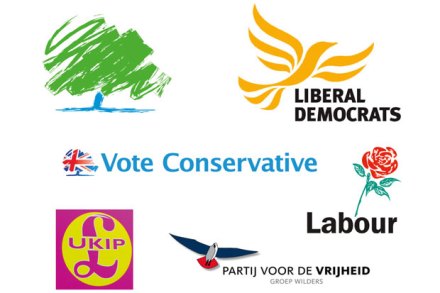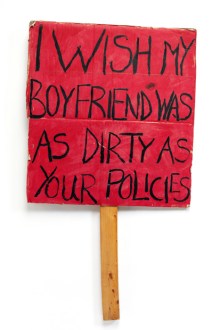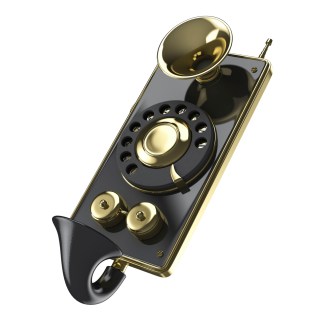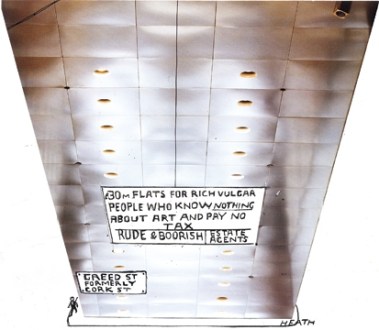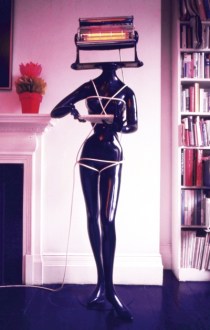Wild things
Mud, timber, junk, fires, splinters, rust, daubed paint… Suddenly people are talking about adventure playgrounds again. With the Turner Prize-nominated collective Assemble constructing a new adventure playground in Glasgow, and their exhibition The Brutalist Playground at Riba, we’re being asked to think again about these ugly but lovable spaces. It was the landscape architect Lady Allen of Hurtwood who saw that in these gloriously chaotic environments — with their dens, walkways, animals, zip wires and cargo nets — children could find a freedom, self-expression and self-determination that is denied to them elsewhere. In 1946, on the way to Norway for a lecture tour, Lady Allen’s plane stopped to refuel in
